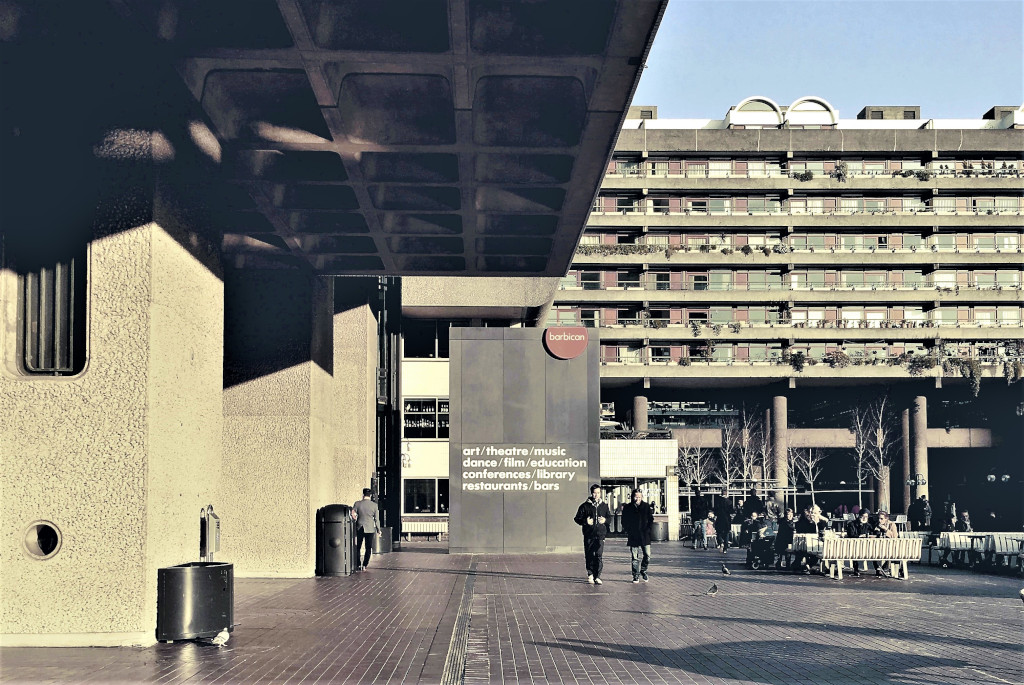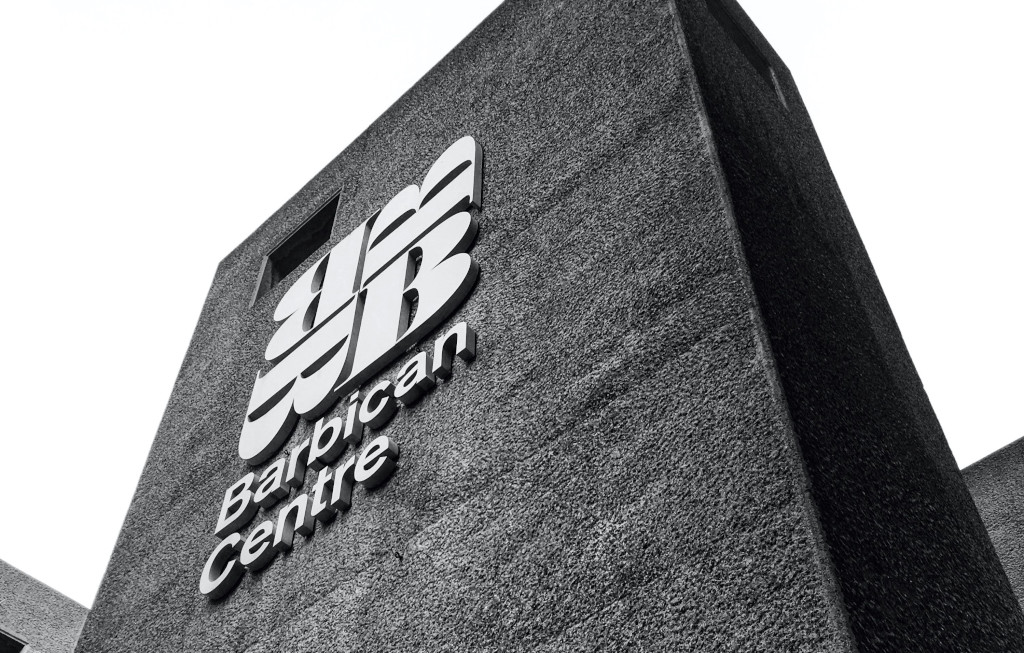The Barbican Centre is the largest performing arts centre in Europe. When opened in 1982 by Queen Elizabeth II, as a gift from the City of London Corporation to the nation, the Barbican came in for plenty of criticism due to its austere Brutalist architecture.
In 2003 it was voted the ‘ugliest building in London’. However, the quality of performances held at the centre over the years have won over all but the most vehement opponents.
Art Spaces at the Barbican Centre
The centre is built around lakeside terraces and surrounded by residential towers. It has a number of performance spaces both informal and formal, including the Barbican Hall, Barbican Theatre, The Pit, Barbican Art Gallery, The Curve and three Barbican Cinemas. Home to both the BBC Symphony Hall and London Symphony Orchestra, the Barbican Hall has world class performances all year round. It is also home to the Royal Shakespeare Company.
The Pit and the Curve
Not all performances held at the Barbican are high-brow, the Pit is a small 200-seater stadium with an informal and intimate feel, while The Curve art gallery is dedicated to curating new work. The 288-seater main cinema at the Barbican provides one of the most comfortable seats to watch the latest releases in London.

Map of the Barbican Centre
You can see a map of the complex here.
How to Get to the Barbican Centre?
Although the Barbican is closest to Barbican tube station (Circle, Hammersmith & City, and Metropolitan lines), you might find it easier to travel to Moorgate (Northern line), which is a slightly longer walk.
Nearby Attractions
The Centre is very close to London Wall, where you can see fragments of the old wall, and the Museum of London. Also Clerkenwall just to its west is a wonderful part of London, with some great pubs.
